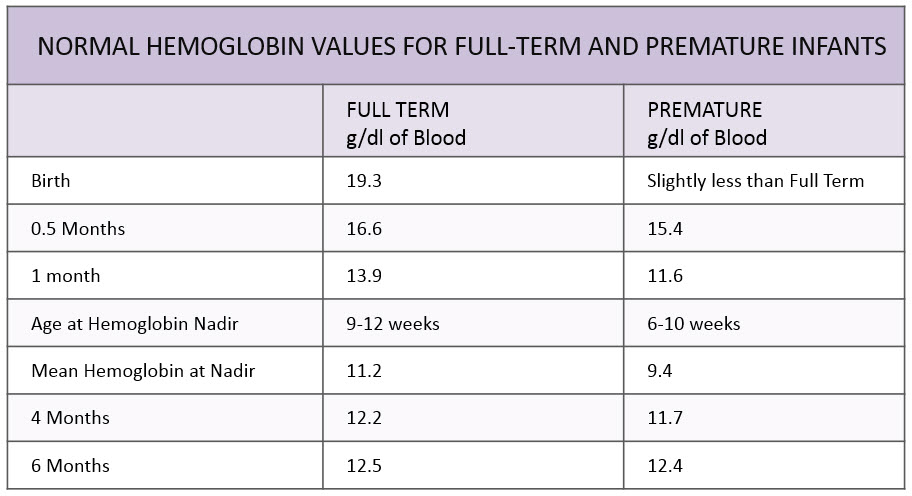

Some people may develop a small mark or bruise.Ī technician will put the blood sample into a machine that counts the number of platelets and produces a report of the findings. Taking slow deep breaths is usually enough to calm these feelings.

Occasionally, some people may feel queasy or light-headed while the blood is drawn or shortly after. Obtaining a sample of blood from a vein takes a few minutes and generally causes only minimal discomfort. The test involves drawing blood from a vein in the arm or hand. A platelet count that is lower than it once was or on the lower end of normal may not be a cause for concern in an older adult - especially if there are no other symptoms. Platelet count tends to decline with age. Chronic bleeding: Any disorder that causes ongoing uncontrolled bleeding, such as stomach ulcers, can deplete platelets.Cirrhosis: Liver cirrhosis, often due to excessive drinking, can reduce platelet count.Poisoning: Exposure to some pesticides can damage platelets.Chemotherapy: Chemotherapy harms existing tissue and cancer cells, making it difficult for the body to produce platelets.Autoimmune disorders: Autoimmune diseases such as lupus and Crohn’s disease lower platelet count by causing the body to attack its tissue.Infection: A bacterial infection, especially the blood infection called sepsis, can reduce platelet count.Anemia: A type of anemia called aplastic anemia reduces the number of all kinds of blood cells, including platelets.Lymphoma and leukemia are common culprits. Cancer: Cancer that has spread to the bone marrow can harm the body’s ability to make new platelets.Medication: Drugs, such as aspirin, H2-blockers, quinidine, antibiotics containing sulfa, and some diuretics may lower platelet count.Viruses: Viruses such as mononucleosis, HIV, AIDS, measles, and hepatitis may deplete platelets.Splenectomy: Removal of the spleen can cause a temporary increase in platelets.Ĭommon causes of low platelet volume include:.Infections: Some infections, such as tuberculosis, can cause high platelets.A person will have other symptoms in most cases. Inflammatory disorders: Diseases that cause an inflammatory immune response, such as rheumatoid arthritis or inflammatory bowel disease (IBD), can increase platelet count.Further blood testing can detect most forms of anemia. Anemia: People with iron deficiency or hemolytic anemia may have high platelets.Additional blood testing, imaging scans, or a biopsy can test for cancer. Cancer: Lung, stomach, breast, and ovarian cancers, as well as lymphoma, can cause high platelet counts.If a person’s platelet count remains high, chronic medical conditions may be responsible. intense physical activity or exertion, such as from running a marathon.recovering from excessive drinking or vitamin B12 deficiency.recovering from blood loss after surgery.Some common reasons for high platelet levels include: A doctor may order a retest a few days or weeks later if this happens. Some temporary conditions can cause a higher than normal platelet count. These include acute and chronic medical conditions and age. Several factors can cause a person’s platelet levels to change.


 0 kommentar(er)
0 kommentar(er)
